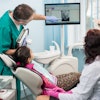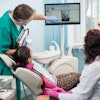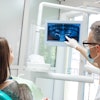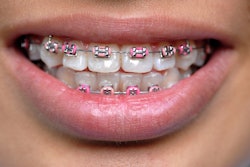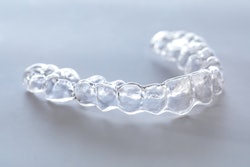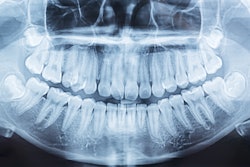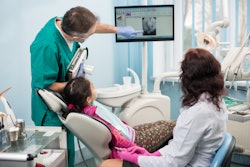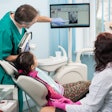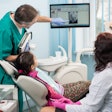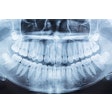AI models may accurately predict the need for orthodontic extractions, making them useful for developing more precise treatment plans. This study was recently published in BMC Oral Health.
Furthermore, AI models based on convolutional neural networks (CNNs) showed the highest diagnostic accuracy, the authors wrote.
“They can be used to create predictive models for orthodontic extractions to increase accuracy,” wrote the authors, led by SeyedMehdi Ziaei of the Hamadan University of Medical Sciences Faculty of Dentistry in Iran (BMC Oral Health, October 9, 2025, Vol. 25, 1576).
Researchers conducted a comprehensive electronic search for studies published up to June 2, 2025, to assess the diagnostic accuracy of AI models in predicting dental extractions during orthodontic treatment planning. Eligible studies examined AI use for predicting extraction needs, included sufficient data to calculate accuracy metrics such as sensitivity and specificity, and were published in peer-reviewed journals, they wrote.
Extracted data covered study characteristics, AI model details, diagnostic performance metrics, participant demographics, and quality assessment scores. The review focused on information, including sample size, algorithm type, and dataset composition. In total, seven cross-sectional studies from six countries involving 6,261 patients were analyzed.
The included AI models were based on CNNs, including ResNet (ResNet-50, ResNet-101), VGG (VGG16, VGG19), as well as other algorithms such as random forest (RF) and multilayer perceptron (MLP). CNN-based models, especially ResNet and VGG, achieved the most accurate and consistent diagnostic results, they wrote.
ResNet models reported a pooled sensitivity of 0.758 and specificity of 0.941, while VGG models reached 0.824 sensitivity and 0.931 specificity, both with no heterogeneity (I² = 0.0%). MLP models showed a fairly high sensitivity (0.797) and specificity (0.794) but with substantial heterogeneity (I² >88%), suggesting variability between studies. RF models performed the weakest, with a sensitivity of 0.731 and specificity of 0.724, and moderate-to-high heterogeneity.
However, the study had limitations. The limited number and geographic scope of the included studies may reduce the statistical strength and generalizability of the findings, the authors added.
“There is a need for large-scale, multicenter studies employing standardized methodologies to more accurately determine the diagnostic performance of AI models in orthodontic treatment planning,” they concluded.

